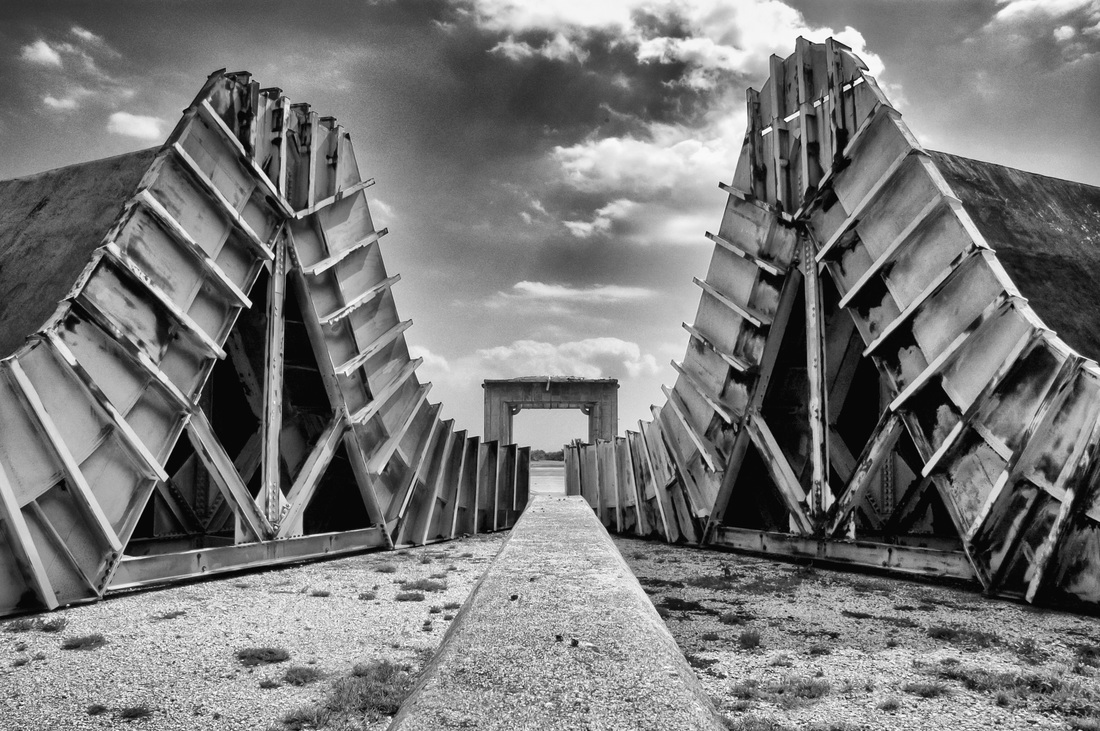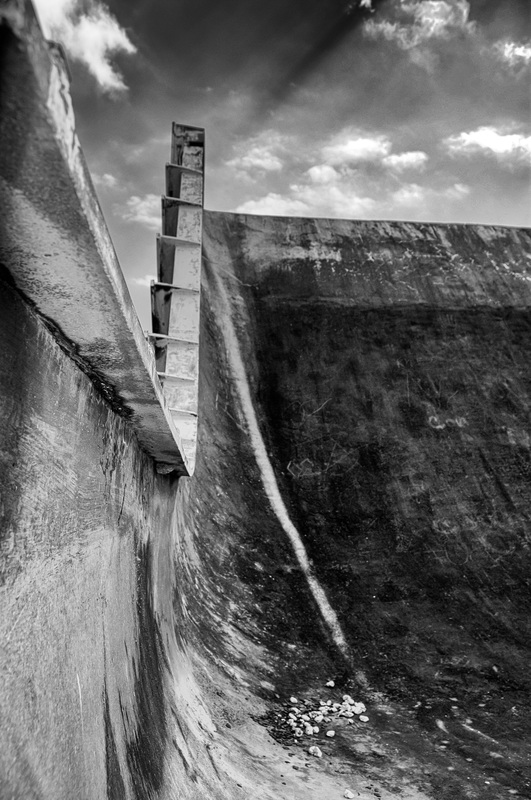Historic Cape Canaveral
Cape Canaveral became the test site for missiles when the legislation for the Joint Long Range Proving Ground was passed by the 81st Congress and signed by President Harry Truman on May 11, 1949. Work began on May 9, 1950, to build the Cape's first paved access road and its first permanent launch site. The first rocket launched at the Cape was a V-2 rocket named Bumper 8 from Launch Complex 3 on July 24, 1950. On February 6, 1959 the first successful test firing of a Titan intercontinental ballistic missile was accomplished. NASA's Project Mercury and Gemini space flights were launched from Cape Canaveral, as were Apollo flights using the Saturn I and Saturn IB rockets. Cape Canaveral was chosen for rocket launches to take advantage of the Earth's rotation. The linear velocity of the Earth's surface is greatest towards the equator; the relatively southerly location of the cape allows rockets to take advantage of this by launching eastward, in the same direction as the Earth's rotation. It is also highly desirable to have the downrange area sparsely populated, in case of accidents; an ocean is ideal for this.











